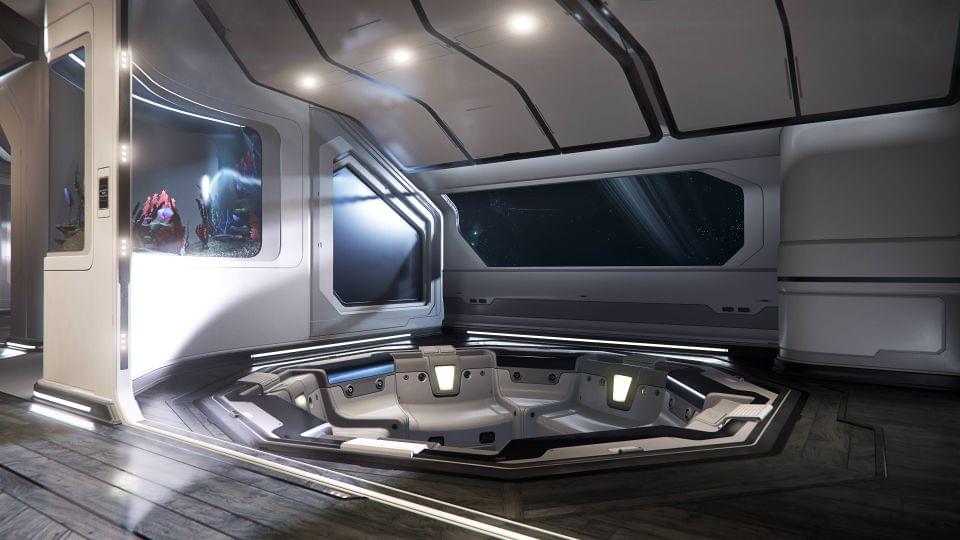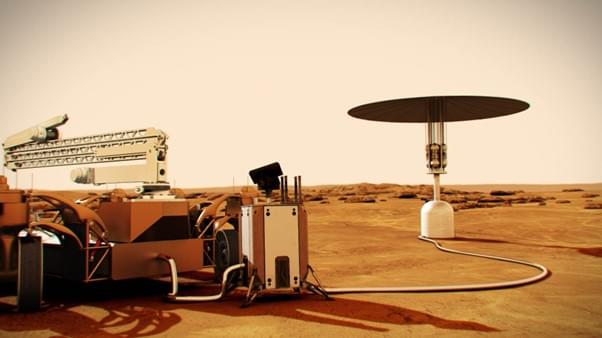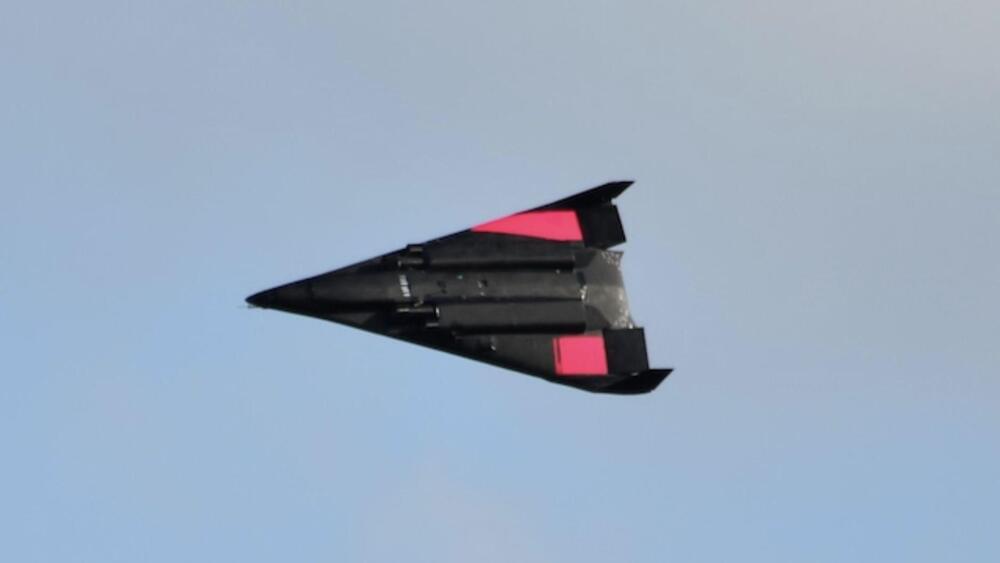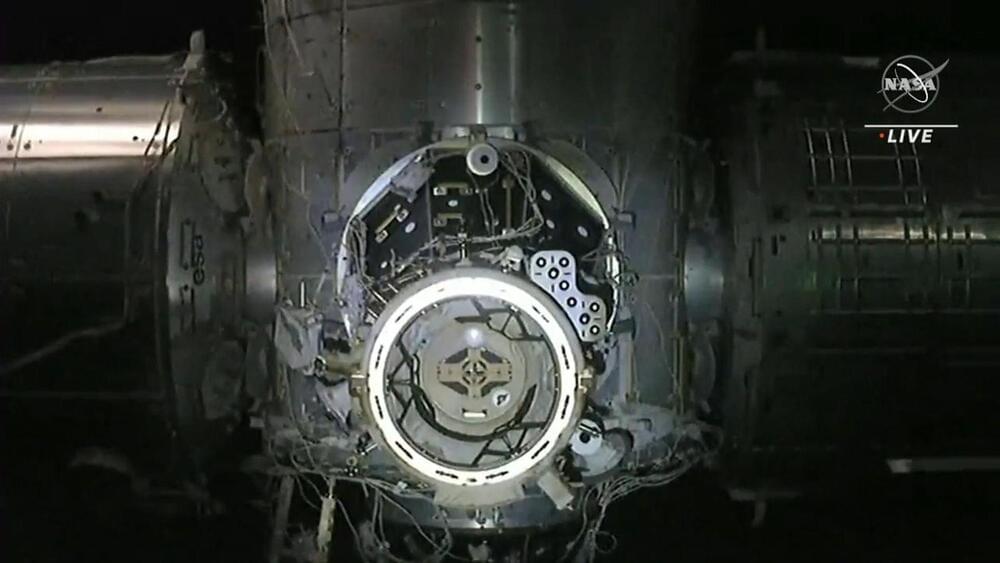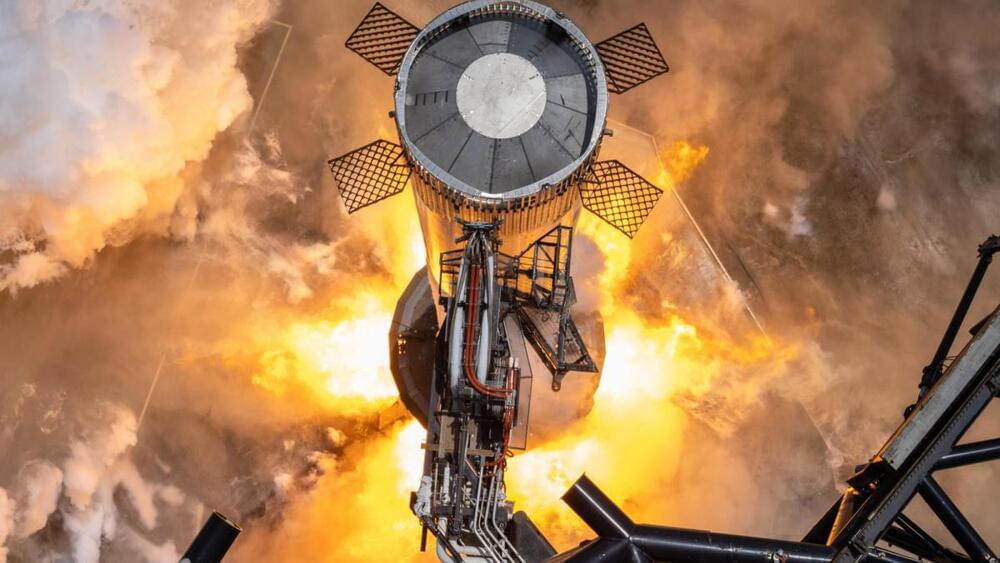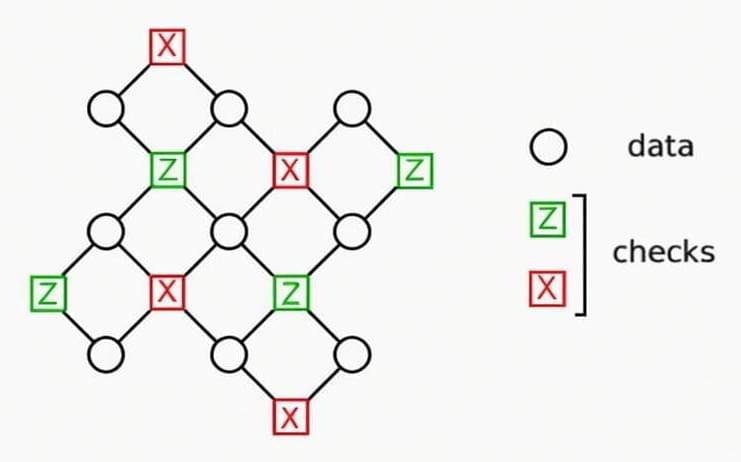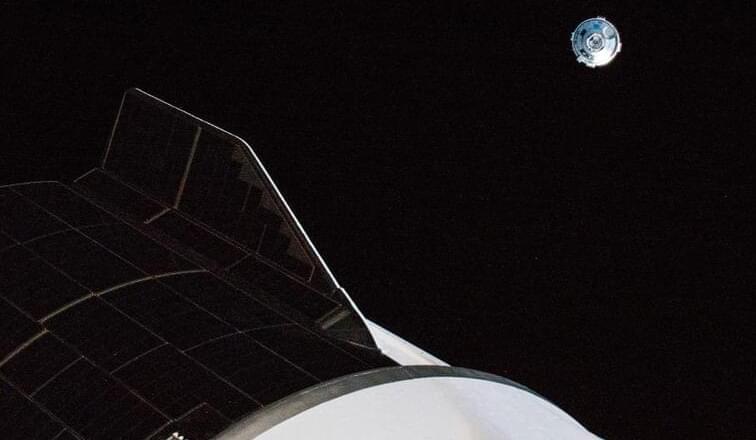Woa, 😲, my Wave after Wave of AI controlled fighter aircraft idea. If you like that one you will love my mini UAV idea, i dont know if Ion drive or electric centrifuge weapons are up to it yet though, maybe.
The Times, citing congressional expectations, reported that the costs of the Air Force’s collaborative combat aircraft will be between $3 million and $25 million depending on their status as expendable, attritable, or exquisite. Even the higher-end figure is far less than a manned aircraft with a pilot, both of which are valuable to the force.
Air Force and Department of Defense representatives did not immediately respond to Insider’s request for comment. Kratos Defense, which makes the Valkyrie, would not comment on collaborative combat aircraft, citing the classified nature of the program.
While the Air Force’s next generation air dominance family of systems effort, which is focused on delivering air superiority through the development of a crewed next-generation fighter jet supported by uncrewed collaborative combat aircraft, has garnered widespread military support, human rights advocates are concerned that the unmanned war machines included in the plan pave the way to a “Terminator”-style dystopian future.

